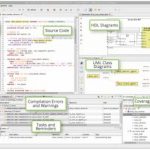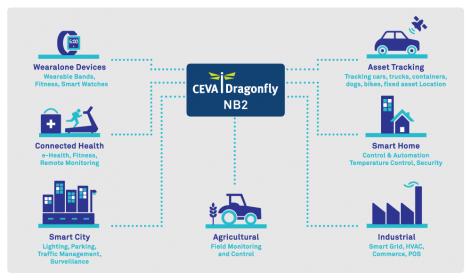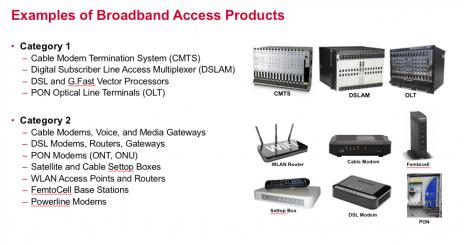There is some interesting work reported this month in the Communications of the ACM, on novel sensing, multi-purpose uses for existing sensors and new ideas in agricultural IoT. The article opens on a method called Hitch-hike to use back-scatter methods for communication; I confess this doesn’t interest me so much, so I won’t … Read More
Author: Bernard Murphy
A Last-Level Cache for SoCs
We tend to think of cache primarily as an adjunct to processors to improve performance. Reading and writing main memory (DRAM) is very slow thanks to all the package and board impedance between chips. If you can fetch blocks of contiguous memory from the DRAM to a local on-chip memory, locality of reference in most code ensures much… Read More
Platform ASICs Target Datacenters, AI
There is a well-known progression in the efficiency of different platforms for certain targeted applications such as AI, as measured by performance and performance/Watt. The progression is determined by how much of the application can be run with specialized hardware-assist rather than software, since hardware can be faster… Read More
Deep Learning: Diminishing Returns?
Deep learning (DL) has become the oracle of our age – the universal technology we turn to for answers to almost any hard problem. This is not surprising; its strength in image and speech recognition, language processing and multiple other domains amaze and shock us, to the point that we’re now debating AI singularities. But then,… Read More
Drop-In Security for IoT Edge Devices
You’re excited about the business potential for your cool new baby monitor, geo-fenced kid’s watch, home security system or whatever breakthrough app you want to build. You want to focus on the capabilities of the system, connecting it to the cloud and your marketing rollout plan. Then someone asks whether your system is architected… Read More
CEO Interview: Cristian Amitroaie of AMIQ EDA
AMIQ EDA has caught my attention over the last few months. My first impression was that this was just another small IDE company trying to compete with established and bundled IDEs from the big 3, a seemingly insurmountable barrier. This view was challenged by an impressive list of testimonials, not just from the little guys but also… Read More
Dragonfly-NB2: You Can Have It All in Your IoT Device
I wrote last month about CEVA’s Dragonfly-NB1 platform, a single-chip IoT solution supporting narrow-band cellular communication; this can meet aggressive total solution price-targets for high-volume deployment, long-range access and the low-power needed for 10+ year battery lifetimes. That solution, based on Release… Read More
Design for Power: An Insider View
The second keynote at Mentor’s U2U this year was given by Hooman Moshar, VP of Engineering at Broadcom, on the always (these days) important topic of design for power. This is one of my favorite areas. I have, I think, a decent theoretical background in the topic, but I definitely need a periodic refresh on the ground reality from the… Read More
Integrity, Reliability Shift Left with ICC
There is a nice serendipity in discovering that two companies I cover are working together. Good for them naturally but makes my job easier because I already have a good idea about the benefits of the partnership. Synopsys and ANSYS announced a collaboration at DAC 2017 for accelerating design optimization for HPS, mobile and automotive.… Read More
ANSYS at DAC
I’m not going to be at DAC this year because I scheduled a fishing trip at the end of June, assuming the show would stay true to form as an early/mid-June event. Still, having to endure salmon and halibut fishing in Alaska rather than slogging around Moscone Center, I can’t pretend to be too disappointed; I’ll be thinking of you all 😎.… Read More





















Quantum Computing Technologies and Challenges